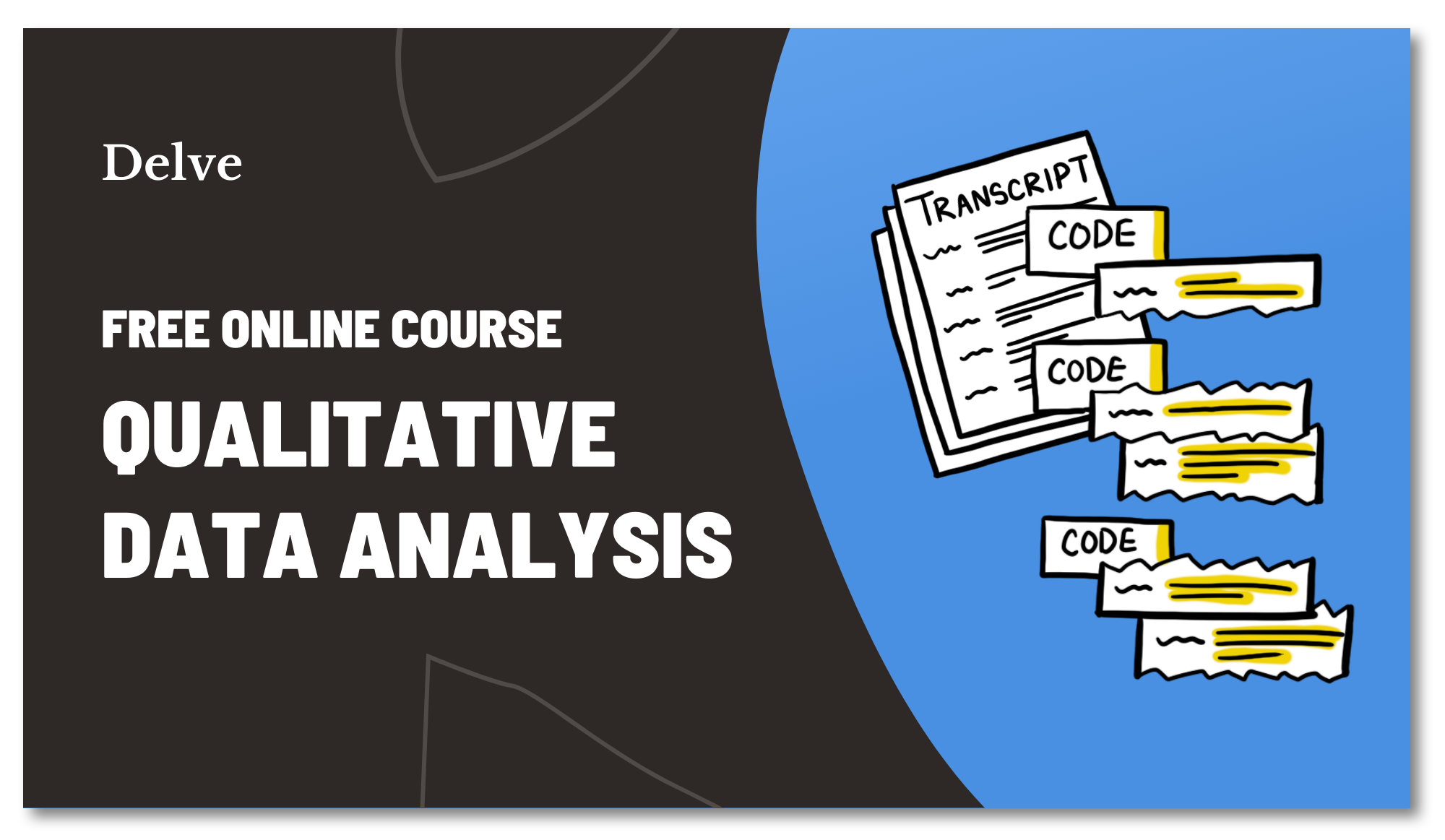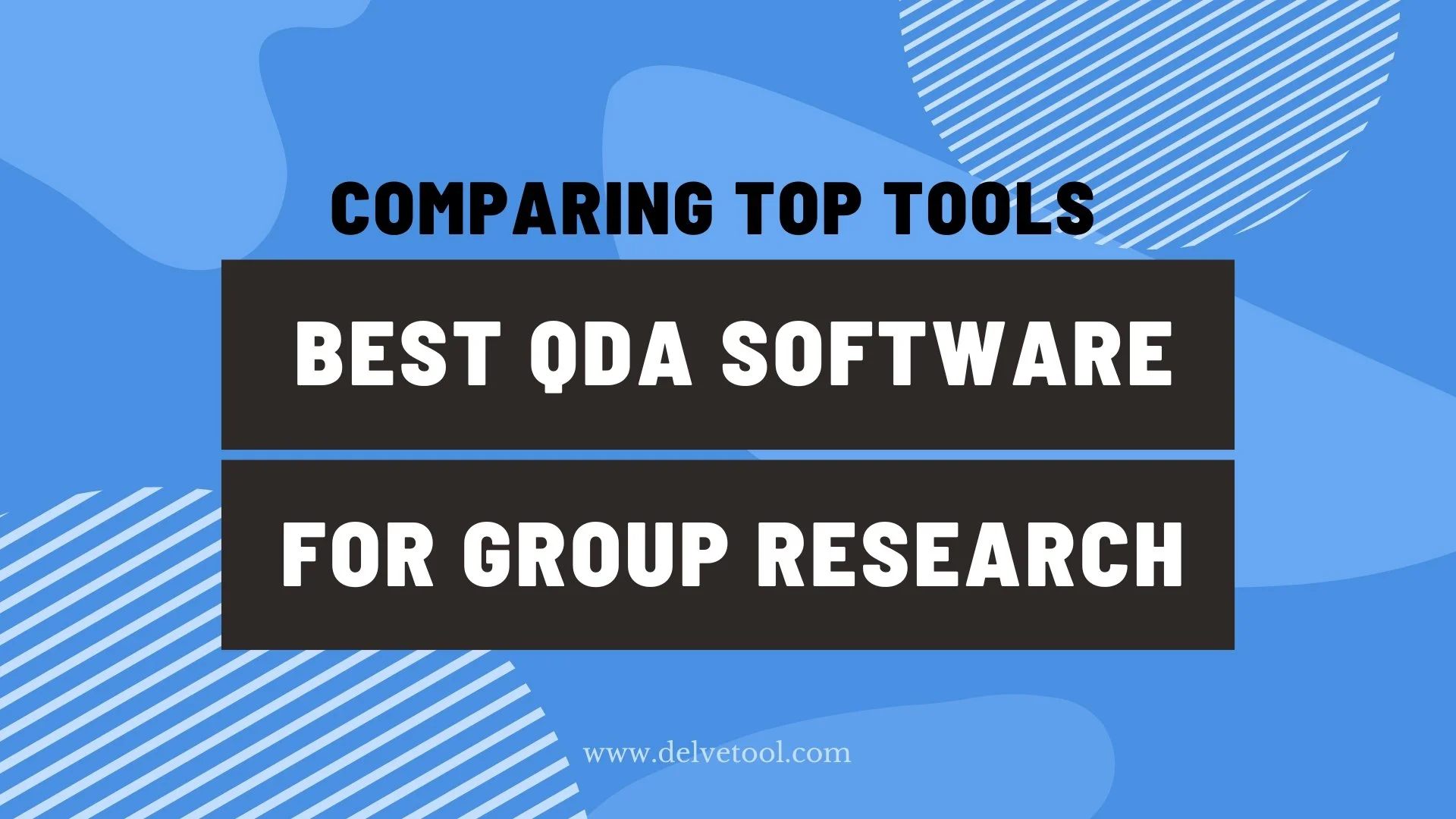How to Code Using Delve
Watch our 2 minute demo
Delve is software to analyze qualitative data. It’s a simple to use, tool that allows you to code qualitative data such as interview or focus group transcripts, and find rigorous insights quickly.
Get Started with Delve
Delve is software to analyze qualitative data. It’s a simple to use, tool that allows you to code qualitative data, and find rigorous insights quickly.
Want to Learn More About Qualitative Data Analysis?
Perhaps you're not ready for the trial yet, and want to learn more about qualitative data analysis first. Take Delve's free online course.
Read Our Online Guides to Qualitative Coding
See how Dr. Garcia Ramos simplified her workflow and published NSF-funded research using Delve.
In vivo codes utilize the language and terminology used by the participants rather than alternative methods where codes are researcher-derived.
In vivo codes use the direct language and terminology used by the participants rather than alternative methods where codes are researcher-derived.
This article walks through modern methods for qualitative survey analysis.
We tested the top AI-assisted QDA platforms to see how they stack up.
We compared seven of the top qualitative data analysis software options to see which tool offers the most helpful customer and software support.
This article compares seven top qualitative data analysis (QDA) software programs available today.
We sat down with seven top coding tools to compare them based on one core question: Which software is easiest to learn and start coding with?
Dr. Katherine Miller, a University of Pennsylvania researcher, used Delve to analyze 19+ hours of workshop and interview data for her dissertation on teaching data literacy. With Delve’s intuitive coding tools, she built a practical framework to help educators teach data skills more effectively in today’s data-driven world."










Thematic analysis involves reading through a data set and identifying patterns in meaning across the data.